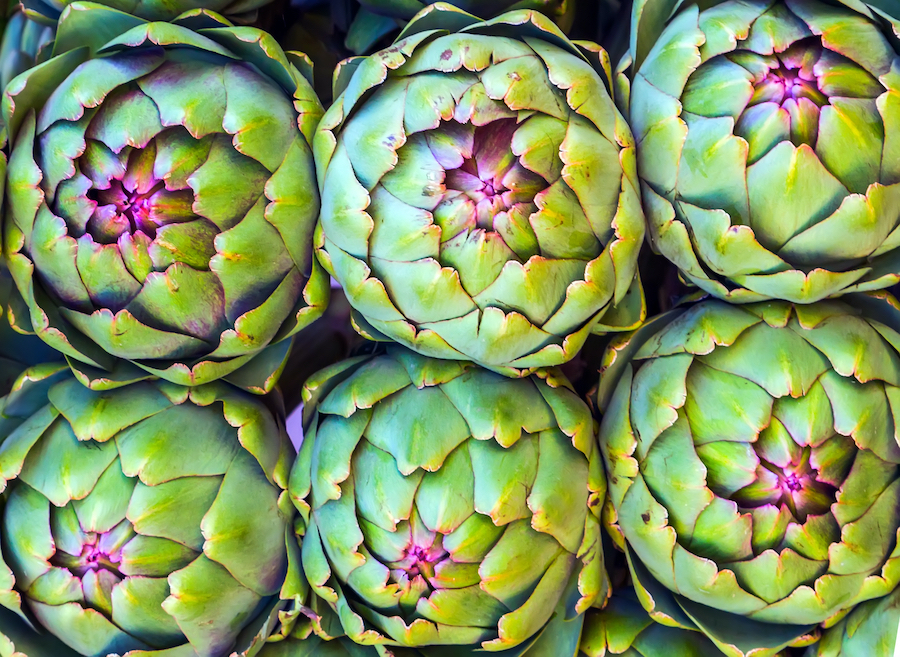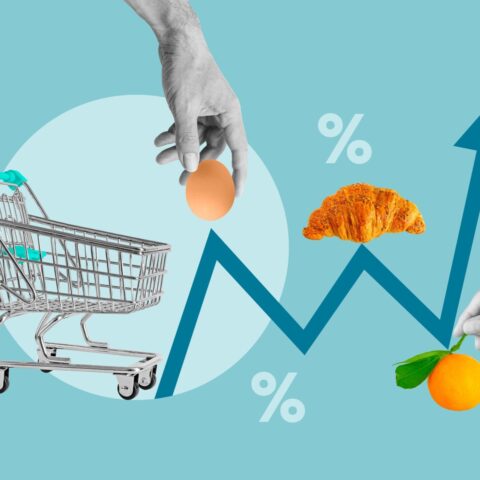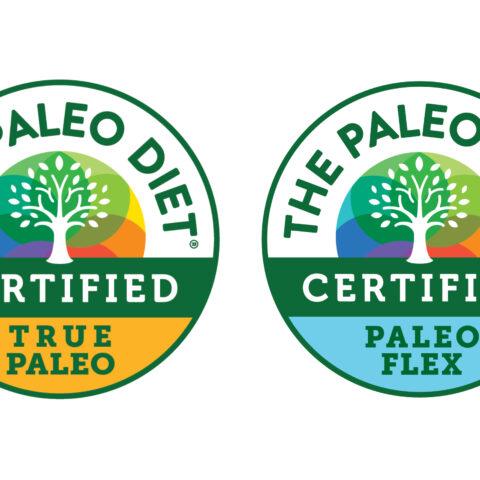The Best Plant-Based Proteins (That Are Also Paleo)

Interested in eating both vegetarian or vegan and Paleo? You’re not alone; “peganism” is on the rise with the latest plant-based trend. Vegetarian or vegan eaters need to pay special attention to their sources of plant-based protein.
Though The Paleo Diet® holds that meat is a crucial part of healthy nutrition, it is not necessarily a meat-heavy diet. If you have your own reasons for wanting to stick with plant-based foods, you might be concerned about getting enough protein. Here’s everything you need to know about proteins sourced from plants.
Why Protein Is Crucial for Your Health
Protein is a building block of the body—literally. Found in every cell, this macronutrient plays a role in everything from carrying oxygen in the blood, to building muscle, to producing antibodies, to regulating thousands of chemical reactions.
Protein is made up of amino acids, some of which the body makes, and some that we must get from food. There are nine essential amino acids that we must get from food: histidine, isoleucine, leucine, lysine, methionine, phenylalanine, threonine, tryptophan, and valine. Animal sources, such as meat, poultry, and fish, contain all nine, earning them the title “complete proteins.”
Plenty of plant-based foods contain protein, too, but most don’t have all nine essential amino acids (making them “incomplete proteins”). Consequently, you need to pay special attention to eating a variety of plant foods to ensure you’re getting the whole protein package. For example, broccoli is a good source of methionine [1] but doesn’t contain other essential amino acids. On the other hand, portobello mushrooms deliver high concentrations of some of the big nine, but not methionine or phenylalanine.[2]
What’s more, the higher-protein staples of many vegetarian diets—lentils, beans, quinoa, tofu—fall into the categories of grains and legumes, which aren’t Paleo because they are unhealthy foods for many people. Neither are dairy products, which also contain complete proteins. So where does that leave us?
The Best Plant-Based Proteins
Nuts, seeds, and certain vegetables can help fill in the gaps when it comes to Paleo-friendly proteins. Here are the top vegan options for getting your fill of essential amino acids.
Nuts and Seeds
These crunchy favorites are a good source of protein, as well as fatty acids, fiber, vitamins, and minerals.[3] Among the tree nuts, walnuts, almonds, and pistachios rank high; cashews and pecans also contribute some protein.
Seeds are particularly packed with protein, too, especially hemp seed. This tasty seed not only has a high protein content, but it’s also a highly digestible form of protein.
| Food | Serving Size | Protein (grams) |
|---|---|---|
| Hemp seeds | 3 Tbsp. | 9.47 |
| Walnuts | 1 oz. | 6.82 |
| Almonds | 1 oz. | 6 |
| Pistachios | 1 oz. | 5.72 |
| Cashews | 1 oz. | 4.34 |
| Tahini | 1 Tbsp. | 2.61 |
| Pecans | 1 oz. | 2.6 |
Source: U.S. Department of Agriculture Food Data Central
Vegetables
Did you know veggies also contain protein? It would be very challenging to get your daily target intake with veggies alone, but they can add to your everyday dose.
Artichokes top the list, followed by Brussels sprouts, asparagus, and broccoli. And though they’re technically fungi, portobello mushrooms also deserve a nod.
| Food | Serving size | Protein (grams) |
|---|---|---|
| Artichokes | 1 large globe | 4.36 |
| Portobello mushrooms | 1 cup | 3.97 |
| Brussels sprouts | 1 cup | 2.97 |
| Asparagus | 1 cup | 2.95 |
| Broccoli | 1 cup | 2.48 |
Source: U.S. Department of Agriculture Food Data Central
How Do Plants Compare with Animal Proteins?
It’s worth noting that animal foods dwarf plants when it comes to protein, both in quantity of protein and in protein quality and bioavailability. One cup of braised steak has 41 grams, one cup of chicken breast has 40, one cup of salmon has 35, and one egg alone has 6. What’s more, we digest the protein in meats more easily than those in plants [4]. Thus, animal-based proteins deliver more bang for the buck.
What to Eat to Get All Your Amino Acids
While any Paleo-approved vegan food will likely be low in certain essential amino acids, that doesn’t mean you need to be overly worried about protein planning. You don’t have to consume all nine essential amino acids with every single meal or snack: As long as you eat a variety of vegetables, nuts, and seeds every day, you’ll be covering your nine.
Want to be a bit more mindful about getting your fill of plant-based protein? Try these recipes:
- Toss together this tasty garden harvest salad with walnuts and mushrooms (hold the chicken for a vegetarian version).
- Roast up these crispy Brussels sprouts and serve with this creamy dip.
- If you’re an almond fan, whip up this rich salad or make a batch of these easy energy bars.
- Eat your asparagus with a spoon in this bright soup!
You Can Get All Your Protein from Plants
While animal products are the best sources of protein, there are vegan sources that will help fill your daily need. Nuts, seeds, mushrooms and veggies can supply needed amino acids, as long as you’re careful to eat a wide variety of them. Even easier: Those who prefer a primarily plant-based diet can take a “flexitarian” approach and add eggs or fish to the menu. Even small servings of these Paleo foods will go a long way when it comes to protein.
Elisabeth Kwak-Hefferan
Elisabeth Kwak-Hefferan is a Montana-based freelance journalist who specializes in the outdoors, science, environment, and parenting.
More About The Author




